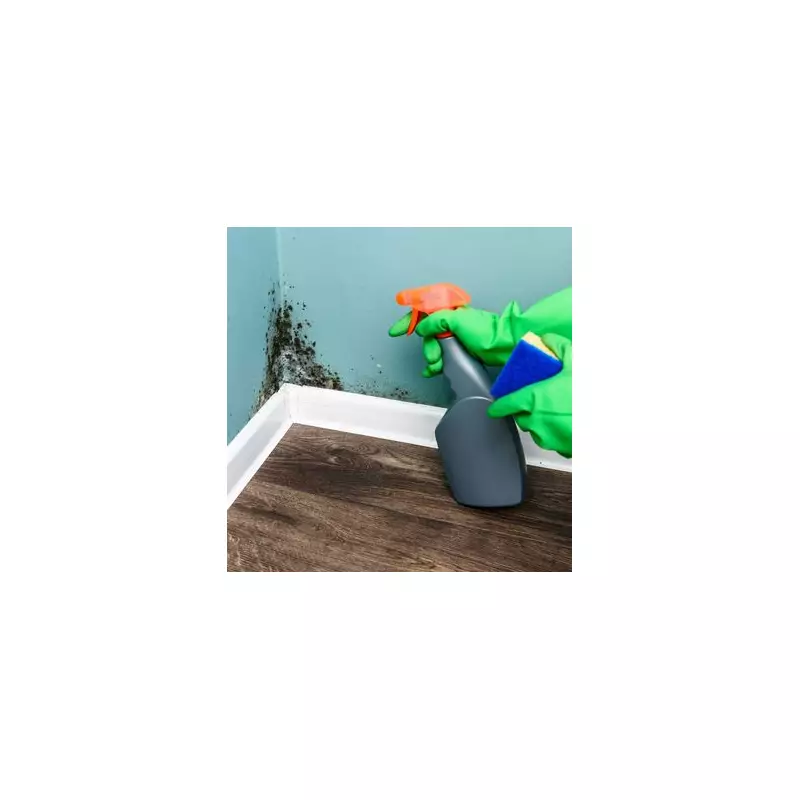
That unsightly black speckle appearing on your walls, windowsills, or bathroom ceiling is more than just an eyesore—it's a potential health hazard lurking in your home. With damp conditions plaguing many UK households, mould growth has become a widespread concern, but banishing it doesn't always require expensive chemicals.
Why Mould is a Serious Household Enemy
Mould spores thrive in damp, poorly ventilated areas, and their presence can trigger a host of health issues. From persistent coughs and sneezing to more severe respiratory problems and allergic reactions, the impact on your wellbeing can be significant, especially for the young, elderly, or those with existing conditions.
Your Kitchen Cupboard Mould Arsenal
You might be surprised to find that some of the most effective mould-fighting weapons are already in your home. Before you reach for harsh chemicals, consider these natural alternatives:
- White Vinegar: A champion of natural cleaning, undiluted white vinegar in a spray bottle can kill around 82% of mould species. Spray, leave for an hour, then wipe clean.
- Baking Soda: Mixed with water into a paste, baking soda not only scrubs away mould stains but also absorbs moisture and deodorises the area.
- Tea Tree Oil: While pricier, this powerful essential oil is a natural fungicide. Just a teaspoon mixed with a cup of water creates a potent anti-mould spray.
The One Thing You Should NEVER Do
Many reach for bleach in a panic, but this is a critical mistake. While bleach might remove the visible stain, it often fails to kill the mould roots deep within porous surfaces like plaster or wood. Furthermore, the high water content in bleach can actually feed the remaining mould, causing it to return stronger and spread further.
Prevention is Better Than Cure
Eradicating existing mould is only half the battle. To stop it from coming back, you must tackle the source of the moisture.
- Ventilate, Ventilate, Ventilate: Open windows regularly, especially after cooking or showering. Use extractor fans if you have them.
- Control Humidity: Invest in a dehumidifier to keep indoor humidity levels below 50%.
- Dry Wet Areas Immediately: Don't leave wet towels on the floor or allow condensation to sit on windows.
- Check for Leaks: Regularly inspect pipes, roofs, and gutters for any hidden leaks that could be causing damp.
By combining these effective removal techniques with proactive prevention, you can win the war against mould and create a healthier, fresher living environment for you and your family.





